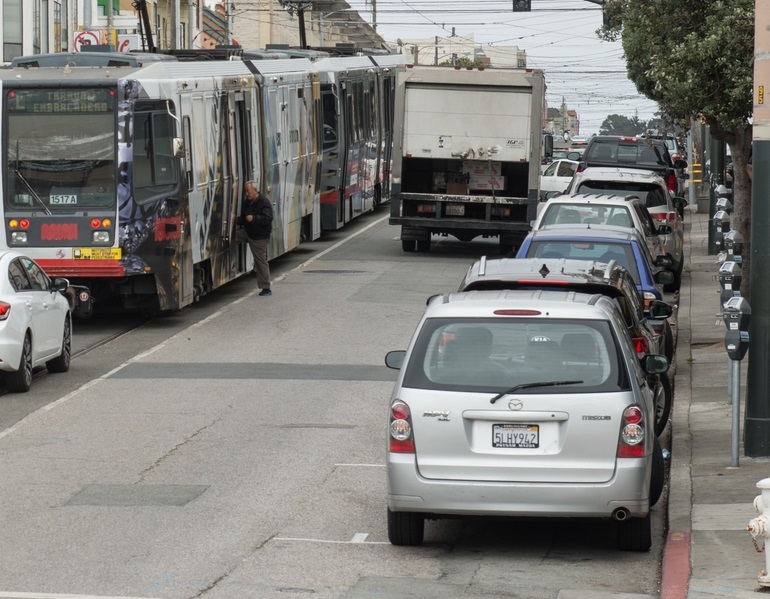
This is the first post in our “San Francisco Parking Tips” blog series explaining some of the lesser-known rules listed in the SFMTA’s new Streets of San Francisco Parking Guide (PDF). It’s part of the SFMTA’s effort to make it easier for locals and visitors to understand and follow the rules of on-street parking.
Not everyone is aware of the 72-hour parking rule. As California Vehicle Code 22651(k) states, a vehicle is only allowed to park in the same spot on a public street for up to 72 hours. Vehicles parked beyond this time may be issued a warning, cited and/or towed, even if they have a residential parking permit for that area.
The purpose of the rule is to keep abandoned vehicles off the street. To avoid a citation for violating the 72 hour maximum, you must move your car to another parking spot. A disabled placard or residential parking permit does not provide an exemption from this restriction.
Enforcement of the 72-hour rule is driven by complaints, which notify parking control officers to inspect the vehicle and start a 72-hour clock to revisit the location. If an officer finds the same vehicle parked in the location 72 hours later, that officer will take the appropriate enforcement action.
Although the 72-hour rule may not be well-known, it’s not new or unique to San Francisco. The law is in effect across California, and similar laws can be found in states throughout the country.
For more on how to park legally in San Francisco, see our Parking Guide webpage and download the full Streets of San Francisco Parking Guide (PDF). The full text of local laws governing parking and traffic can be found in the San Francisco Transportation Code.